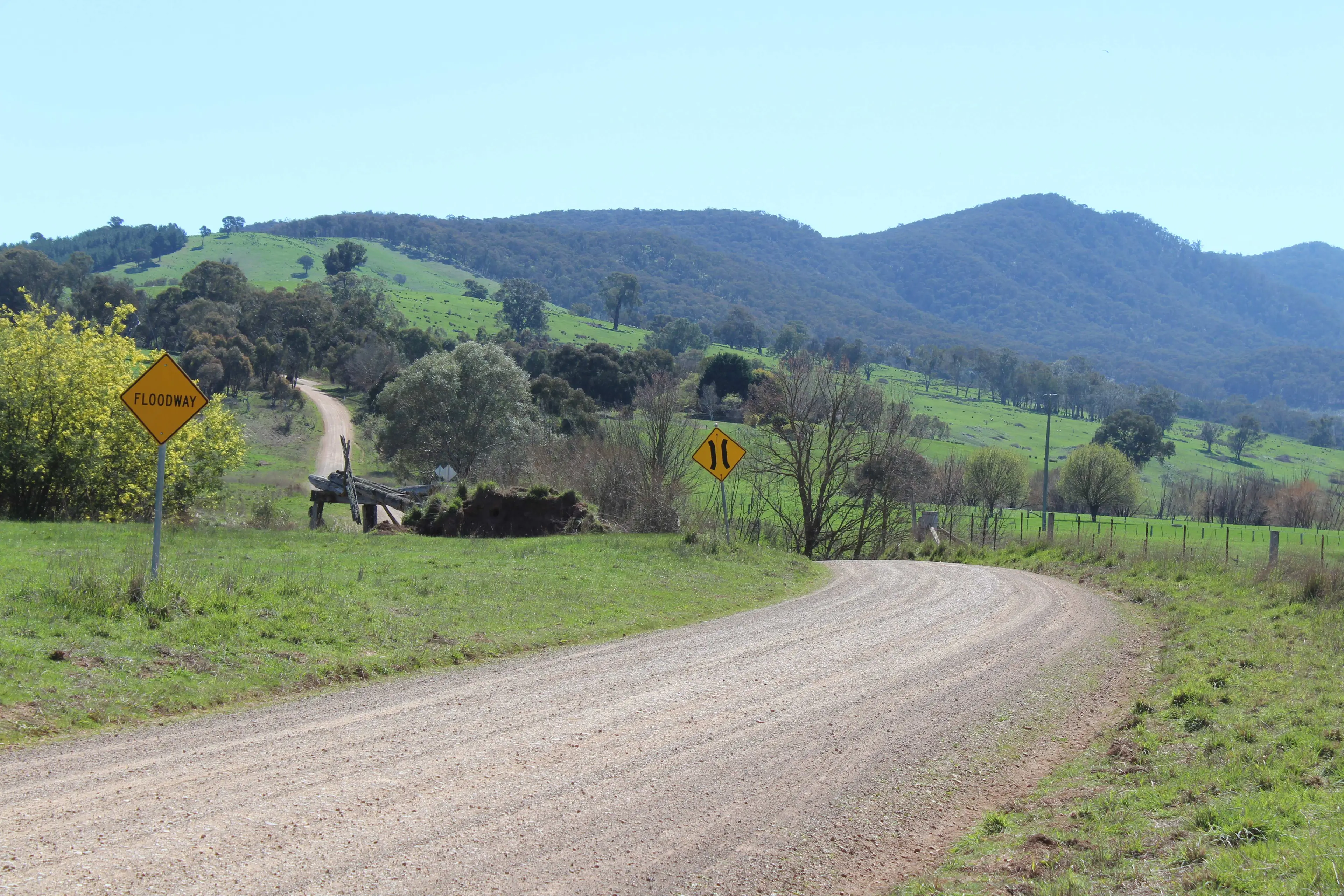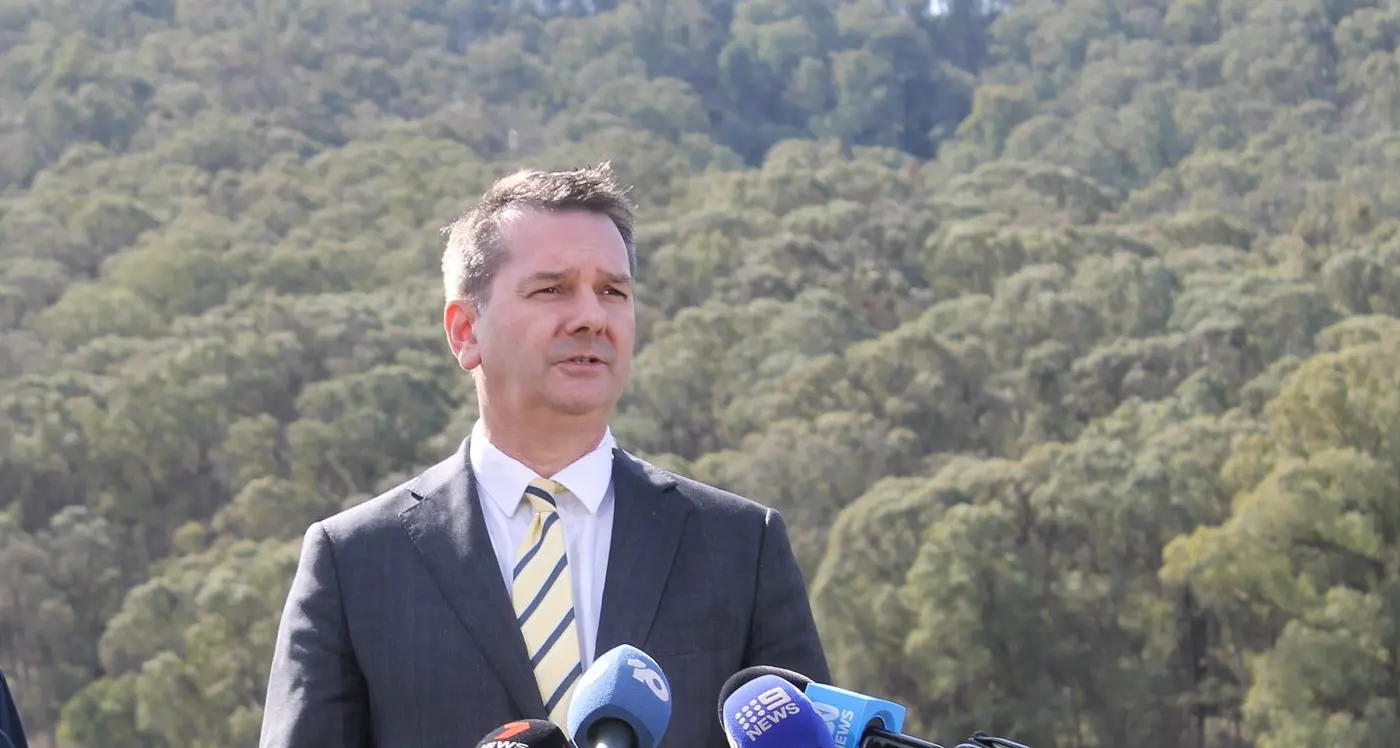Stone cold controversy
LANDSCAPE: The undulating hills of Bridge Creek are considered prime agricultural land
Objectors accuse council of double standards as Bridge Creek stone extraction sparks bedrock backlash
October 29, 2025 • 01:00
Updated, October 30, 2025 • 03:57





